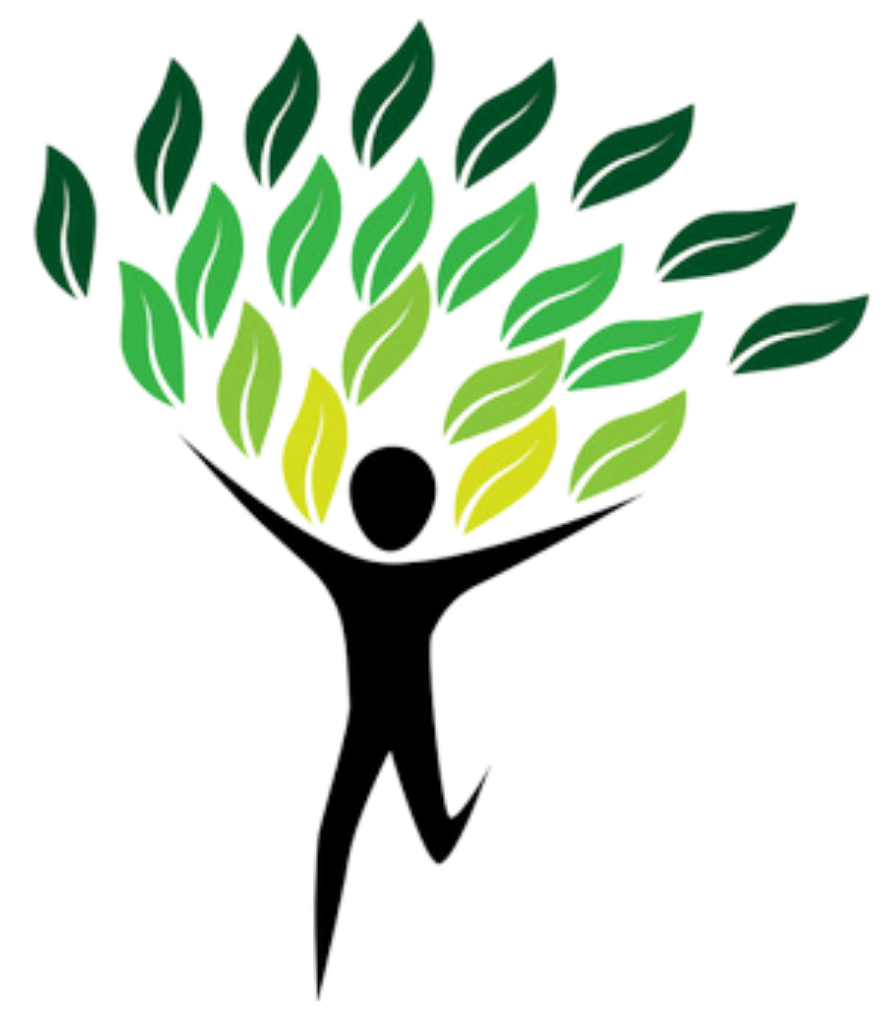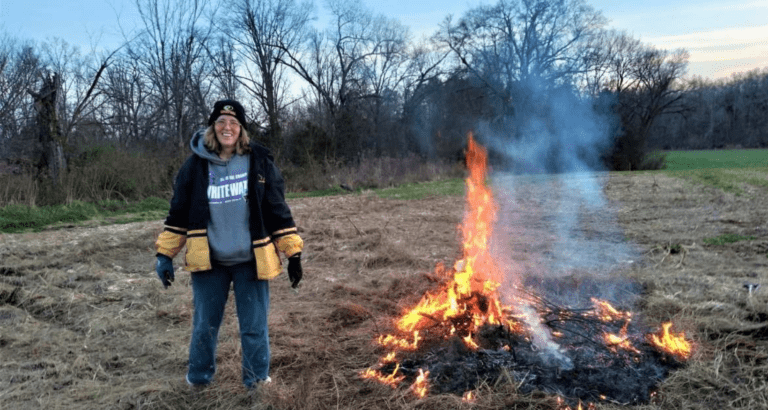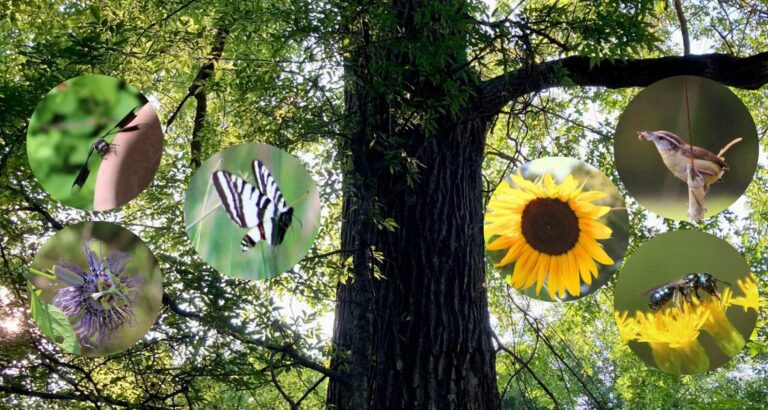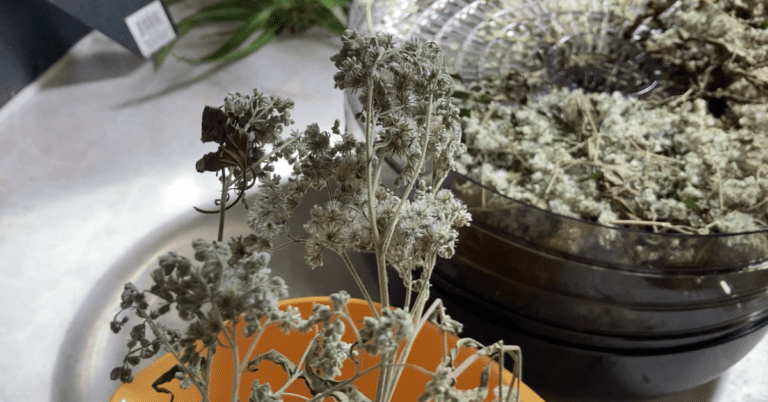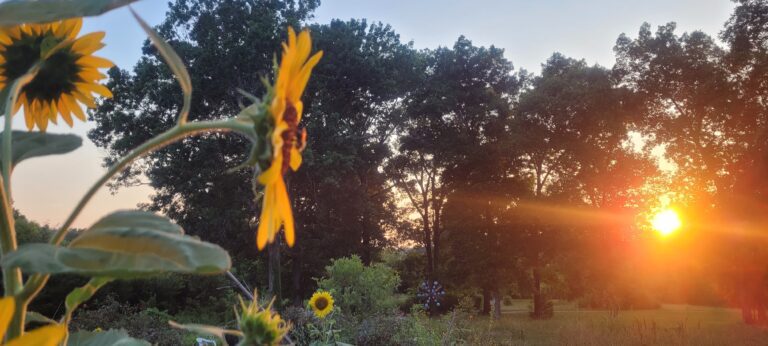Removing Invasive Plants
When trying to promote native plants, including wildflowers, native trees, shrubs, and more, one of the first steps is to get rid of non-native, invasive plants.
Why? The privets, nandinia, amur honeysuckle, Cherokee rose, and other invasive plants often lead to mono-cultures, lack of bio-diversity, AND they crowd out — and even actively prevent — native plant growth.
For example, roots of the Chinese privet release an inhibitor that prevents or limits the growth of other plants. That’s why we’re actively removing as many privet and other non-native, invasive plants as we can, so the native species will grow. In fact, our privet removal was so successful (remove one invasive plant species and get 27 native plant species to take its place!) that my wife (aka CreationGirl) created a parable out of my experience (watch the video).
Wait For Rain And Use The Right Tool
Digging out privet and other invasive plants by the roots is the preferred method, but it is hard work!
Here’s a video of the privet removal technique at a small section of Spirit Tree Farms we’re going to use for a native tree sapling nursery!
Some discoveries have made privet removal a lot easier:
- Dig a few days after a good, soaking rain. Especially in the clay of NW Georgia, digging removing invasive plants when the soil is dry is an almost impossible task. Two or three days after a good rain makes the job a lot easier
- Use the right tool. While some small privet and other invasive plants can be yanked out by hand, a better bet is to get a good tool. While there are some “privet pullers” designed specifically for the job, I prefer a good, all-purpose shovel or spade. My personal favorite is the Fiskars metal blade, bent-handled shovel. For me, it has been a game-changer!
- Create a rhythm and enjoy the work of getting rid of invasive plants and contributing to the bio-diversity of the planet! Not only did I develop a dig-pop-pull-toss technique, but I use my time to think about and focus on the new habitat I’m creating for native tree saplings, wildflowers, and other native plants. Face it: God created an amazing world. Yes, it has some noxious weeds. You can either hate the work you feel inspired to do, or you can enjoy it! (We’ve learned to treat it like a meditation and praise session!)
Invasive Species Removal – Large Privet
UPDATE: After posting this in a Facebook group, someone responded with additional advice on how to remove LARGE privet without using poison:
You’re better off cutting the big privet with a chainsaw waist high. Don’t cut it to the ground or they will send out runners. It will then send all its energy to resprout on that cut and then cut it again next season and it will die. Never cut it to the ground. Requires a little more work but it’s is very very effective and you won’t have to use chemicals that will potentially pollute the environment or harm yourself.
S. Pickering, ACES – Forestry, Wildlife, & Natural Resources Facebook page
We agree: AND our 92 y.o. father uses the waist-high stumps to steady his walk. AND our experience is that, after a couple of years, those stumps rot to where we can either break them off by just kicking them or yanking on them to break them, and then pop up the dead rootball with VERY little effort.
- About Spirit Tree Farms
- Contact
- Cushaw History, Nutrition, Recipes
- Discover Our New Book About Pollinators!
- Discover the History and Beauty of Chickamauga Battlefield with Dave Kuhns
- Earth’s Serenade: Experience the Magic of Nature Through Music
- Encouragement from the Father
- Find Nature Joy Challenge – #FindNatureJoy
- Finding Peace in a Turbulent World: Living in Sacred Nature
- Gateway to Joy: How to Experience Deep Peace, Love, & Wonder in Nature
- Inspiration Blog
- Native Plant Specialty Crops and Features
- Nature Observation + Creativity: Reconnecting
- Presentations and Training on Working With Nature
- Recipes
- Sunset Wave Patterns: Unexpected Nature Joy
- Wildflower Spiral
- 🌳 Spirit Tree Farms: Native Tree Identification & Transplant Class 🌳
